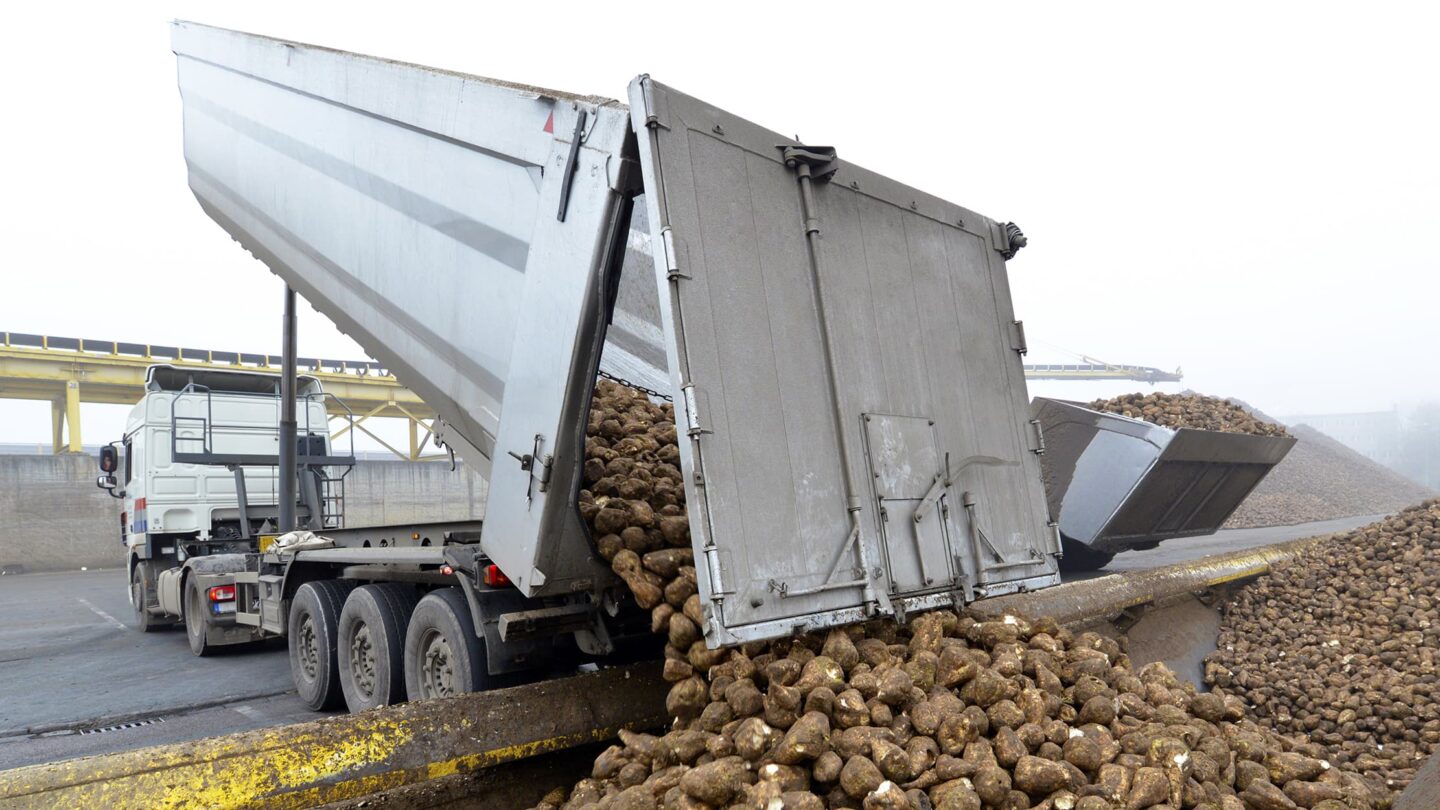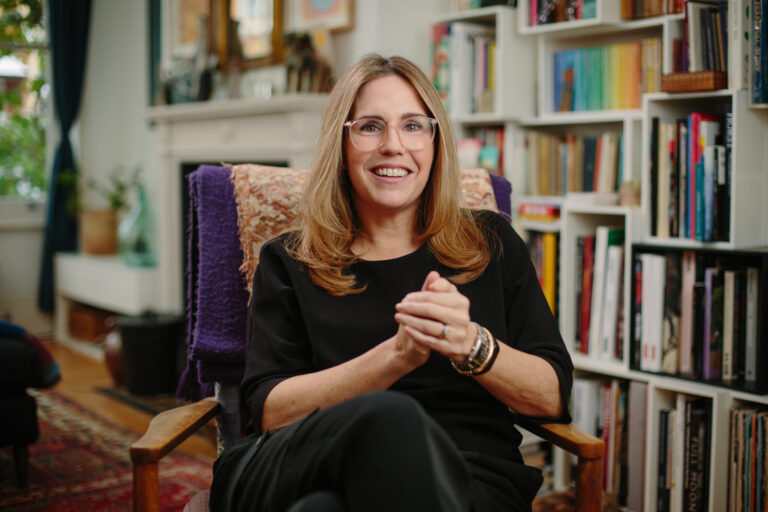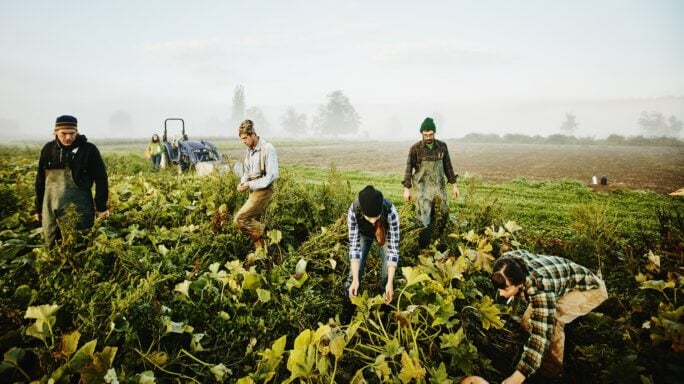Season 3: Building business resilience
Managing the climate and carbon sides of your business

Most of my work at Small World Consulting is helping businesses understand how to push for a better future and respond appropriately to the climate emergency we face. Our planet is at a tipping point. But rather than being part of the problem, businesses like yours can be part of the solution during these make-or-break years.
One of the most important things you can do is to manage the carbon and climate sides of your operations and supply, understanding where the carbon is in your business and reducing your carbon footprint to help your business – and the planet – thrive going forward.
Mike Berners-LEE
We are all in the Anthropocene
Over the last 100 years, we’ve suffered from ‘big people, small planet’ syndrome. The official word for this is Anthropocene – the age in which human activity has been the biggest influence in affecting change in the environment and the climate. We were once at a stage where the opposite was true – we could push the earth to the limit, and it would heal itself unless we did something catastrophic.
Now, we all need to be more careful than ever. Are we headed for a very dark place over the next few decades, or will we change and transition to live, work, and operate in a different way that allows us to live a better life than ever before? We might be late getting started, but surely we will make these changes. And if so, the implications in every industry will be enormous – yet the opportunities for businesses that catch on earliest to this transition will be just as significant.
Focus on the biggest issues
The climate challenges are so global, and each of us is so small that it may be tempting to think that our personal actions or those of our businesses might not matter much. The reason that they matter much more than the actual carbon saved is partly because of the ripple effect that they send out across the economy: encouraging, inspiring and pressuring others into taking similar steps. Also, by being on the journey ourselves, we learn first-hand about what the global solution entails: the micro and macro challenges have plenty in common.
Pick your battles
The point about understanding your business’ carbon is that it allows you to prioritise the biggest issues. It doesn’t usually matter that there will be some uncertainty in your estimates; there always is. As long as you have a rough assessment of everything, including your entire supply chain, that is usually good enough to guide your actions. Carbon-cutting is not about a myriad of token gestures. The place to start is probably with two or three big actions targeted on your biggest hotspots, aimed at achieving some serious reductions over the next year or two, and then expand your low-carbon actions into every part of the business until you have a fully coherent approach. In the end, the climate emergency should be influencing everything your business says, thinks and does.
Every business has different hotspots, but here are some examples of where you might start. If you sell a lot of food and drink, the biggest priority is likely to be reducing the amount of meat, dairy and waste. If transport and travel are your dominant sources of emissions, then the key actions are likely to be about reducing air and road miles and using efficient vehicles. Flights should only be for very good reasons, and economy class is dramatically lower carbon than business class (you’re taking up less space), as well as cheaper. If you buy or make a lot of products, then there are both financial and carbon opportunities from making things to last, repairing, manufacturing from sustainable materials and sourcing from sustainable suppliers.





Leave a comment